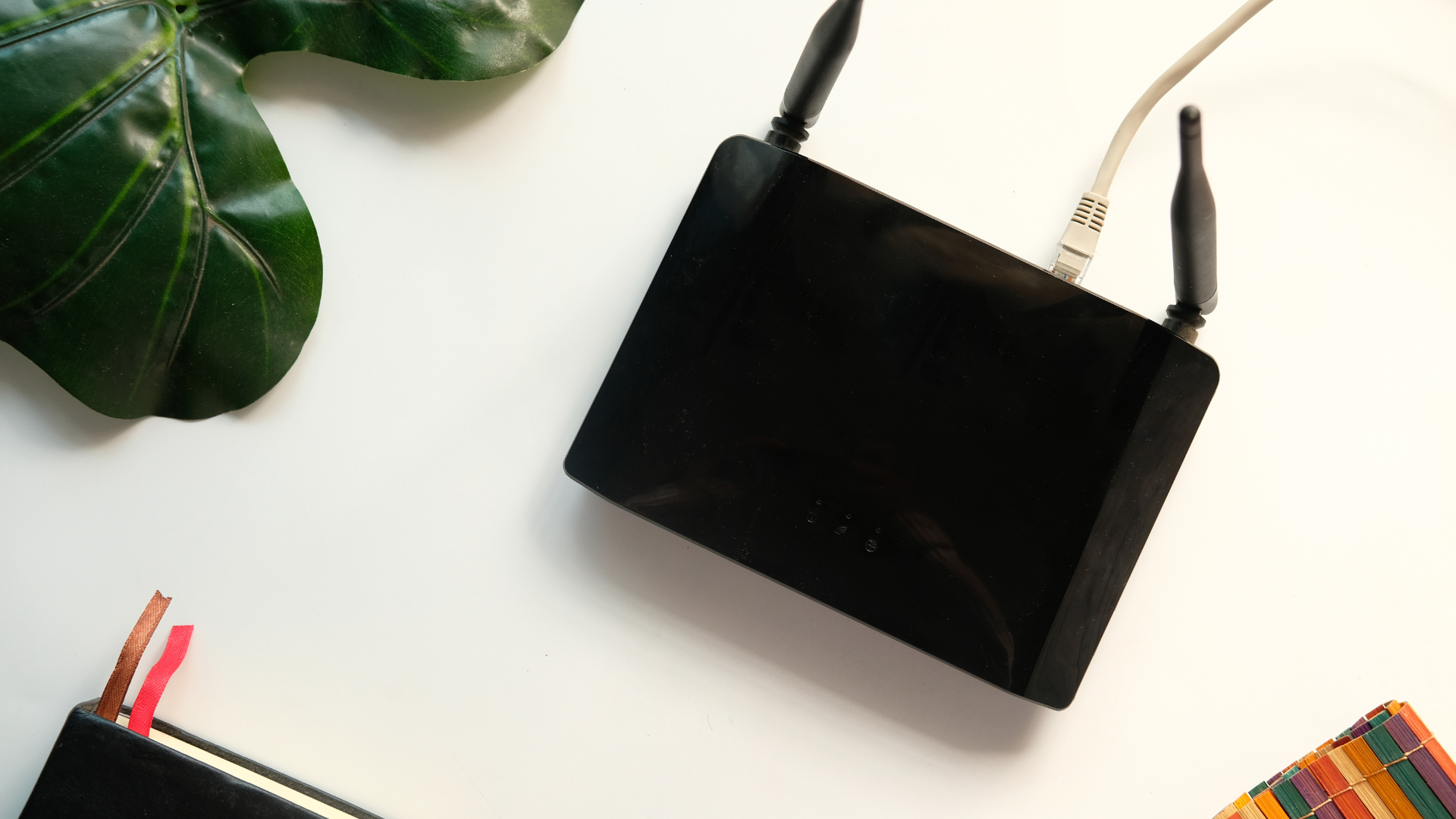
You’ve probably heard about the recent issues with the Internet, and how it’s become a playground for hackers and criminals.
Well, imagine for a moment that you weren’t required to fret over them. What if you could protect your home network from all of the dangers that lurk online?
It’s not as hard as you might think. The truth is, there are only 5 simple steps involved.
1. Keep your devices up to date
If you want to keep your home internet network secure, it’s important to update your ecosystems routinely. By doing so, you can help ensure that all of the devices on your network are using the latest security features and patches.
One way to keep your ecosystem updated is to install software updates as soon as they’re available. Many manufacturers release new versions of their products’ firmware regularly in order to address security vulnerabilities or add new features. Installing these updates promptly can help reduce the risk of exploitation by attackers.
Another way to maintain an up-to-date ecosystem is by using only reputable sources for downloading apps and other content onto devices connected to your network. Stick with official app stores whenever possible, and be sure to read reviews before installing anything from unknown developers. Keeping everything within a trusted ecosystem helps minimize potential risks associated with malicious code or compromised websites!
2. Set a strong and obscure SSID
If you’re looking to secure your home internet network, one of the best things you can do is choose a strong and unique SSID. This may seem like a small thing, but it’s actually an important part of keeping your network safe from intruders. There are two main reasons why choosing a strong and obscure SSID is important:
- It makes it more difficult for someone to guess your password. If they don’t know what your SSID is, they’ll have a much harder time guessing at what your password might be. So, by making your SSID something that’s not easily guessed, you’re adding an extra layer of security to your network.
- It makes it more difficult for someone to spoof their MAC address in order to gain access to your network. MAC addresses can be used as a way for devices to identify themselves on networks. However, if someone knows what the MAC address of another device on the same network is (such as yours), they can potentially use that information to spoof their own MAC address and gain access to your network.
By making your SSID something that’s difficult to guess and not easily found, you’re making it much harder for someone to gain unauthorized access to your home internet network. So, if you’re looking to secure your network, be sure to choose a strong and unique SSID!
3. Opt for WPA2 encryption
Most home computer networks are unsecured. This means that anyone within range of your router can access your network, and potentially snoop on your internet traffic. One way to help secure your home network is to enable WPA2 encryption.
WPA2 is the latest security standard for wireless networks. It uses stronger encryption than previous standards, making it more difficult for someone to eavesdrop on your network traffic. Enabling WPA2 encryption on your router will help protect against casual snoopers, and make it more difficult for determined attackers to gain access to your network.
If you have never configured encrypted Wi-Fi at home before don’t worry – it’s easy! Most routers come with a setup wizard that will guide you through the process of configuring WPA2 encryption (just look for “WPA2″ in the settings)!
4. Frequently change your Wi-Fi passwords
It’s no secret that home internet networks can be vulnerable to security threats. One way to help protect your network is by occasionally changing your Wi-Fi password. By doing this, you can make it more difficult for hackers and other unauthorized users to access your network.
Of course, changing your Wi-Fi password isn’t the only step you should take to secure your home internet connection. Be sure to also use a strong password for your router admin panel, enable WPA2 encryption, and keep an eye out for any suspicious activity on your network.
But changing your Wi-Fi password on a regular basis is definitely a good habit to get into if you want to help keep your home internet connection safe and secure!
5. Use strong passwords
It’s no secret that home internet networks can be vulnerable to attack. There are a number of steps you can take to help secure your network, and one of the most important is using strong passwords.
A secure password is one that is not easily guessed. It needs to be at least 8 characters long and contain a variety of characters like capitals, lowercase letters, numbers, and symbols. If possible, it should also be something that you can remember easily so you don’t have to write it down or store it in an insecure location. Once you have a strong password set up for your router (and any other devices on your network), make sure to disable any unused devices.
This includes things like guest accounts or Wi-Fi Protected Setup (WPS) if your router has it enabled. Leaving these features turned on makes it easier for someone with malicious intent to gain access to your network without having to crack your password first. By taking these simple steps, you can help to secure your home internet network and keep your data safe.
The Bottom Line
And that’s it! These 5 ways to secure your home internet network can help you to protect yourself and your family. The most important thing is to keep everything up-to-date, so that you don’t fall victim to the latest threats.
We hope this article has helped you on your journey toward a more secure home network. If you have any questions or comments, please let us know in the comments below. Also, stay tuned for more articles like these!




